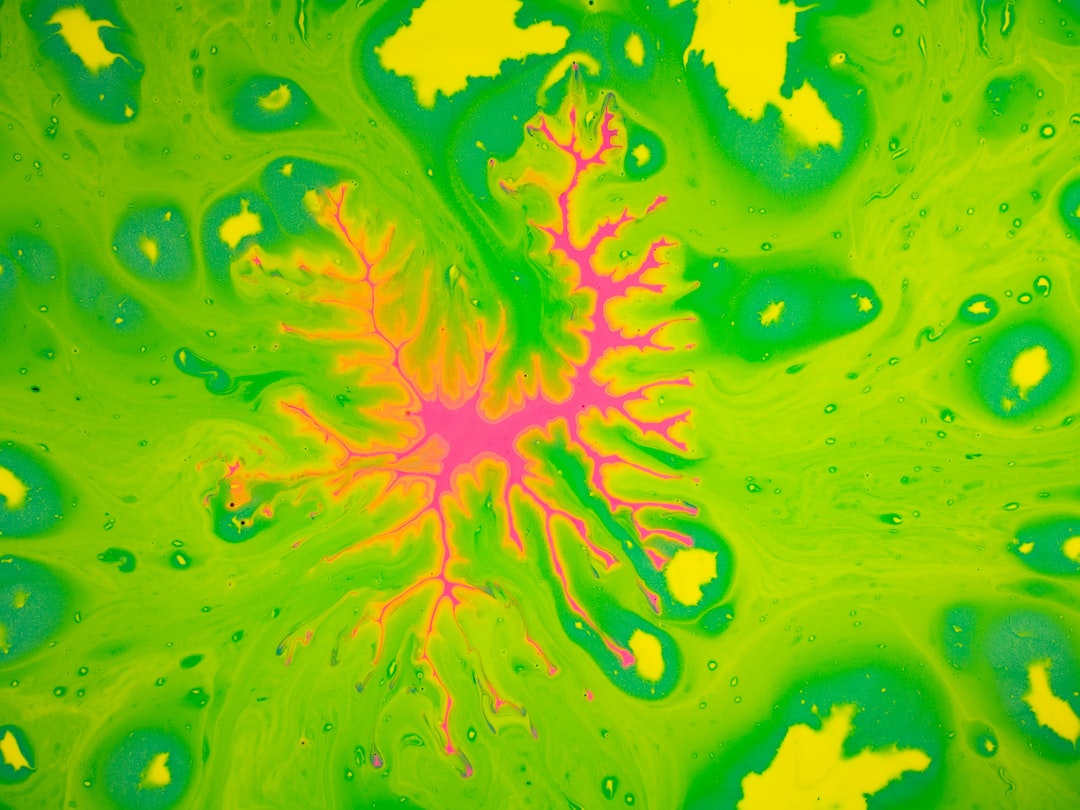Exploring Minimalism: When Less is More in Art
Art has often been associated with elaborate details, intricate brushstrokes, and a bursting array of colors. However, there is a different school of thought that believes in the power of simplicity – minimalism. Minimalistic art focuses on reducing the language of art to its purest form, stripping away unnecessary elements to create a powerful visual impact. In this blog post, we will dive into the fascinating world of minimalism and explore why sometimes, less is truly more.
At its core, minimalism strives to eliminate any excessive elements, allowing the viewer to focus solely on the essence of the artwork. It emphasizes precision, clean lines, geometric shapes, and a limited color palette. One of the pioneers of minimalistic art was Kazimir Malevich, a Russian painter who created the well-known “Black Square,” a simple black square on a white background. This radical departure from traditional art caused quite a stir when it was first exhibited in 1915. Malevich intended to challenge the conventional ideas of beauty and representation by presenting viewers with pure abstraction.
Minimalism believes in the power of reduction. By removing all but the most essential elements, artists can create a more immersive experience for the viewer. This approach invites contemplation and encourages the audience to actively engage with the artwork, allowing their own interpretations to take shape. The simplicity of minimalistic art also often evokes a sense of tranquility and mindfulness, creating a serene visual experience.
In addition to painting, minimalism can be found in various art forms such as sculpture, photography, and even architecture. In sculpture, artists like Donald Judd and Tony Smith embraced minimalism by creating geometric forms out of industrial materials such as steel and aluminum. These sculptures often lack intricate details, focusing instead on their pure form and presence within a space. The minimalistic approach in photography emphasizes strong compositions, clean lines, and the thoughtful use of negative space, allowing the subject to stand out.
Minimalistic architecture, on the other hand, seeks to create harmony between the built environment and its surroundings. Architects like Ludwig Mies van der Rohe and Tadao Ando are known for their minimalist designs, utilizing glass, steel, and concrete to bring forth simplicity and elegance. These stark yet perfectly proportioned structures often evoke a sense of serenity and balance, promoting a mindful approach to the space they create.
Minimalism can be interpreted in various ways, opening up a vast realm of possibilities for artists. Some may choose to explore minimalism through monochromatic hues, reducing the color palette to a single tone. Others may focus on the concept of “less is more” by using negative space to convey a sense of emptiness or absence. Minimalistic art can also incorporate repetitive patterns or precise grids, creating a sense of order and structure.
In a world bombarded by constant stimuli, minimalism offers a refuge, a pause from the noise. It challenges our perception of what is necessary in art and encourages us to appreciate simplicity. By reducing the visual language to its core elements, artists allow us to connect more deeply with their work, inviting us to find beauty and meaning in the subtleties.
Whether it is a painting, a sculpture, a photograph, or a building, minimalism invites us to take a step back and appreciate the power of restraint. Through its deliberate reduction, it allows us to explore the unspoken, encouraging our own interpretations and emotions to come forth. So next time you come across a minimalistic artwork, take a moment to embrace the simplicity and delve into the remarkable world that exists within it.

